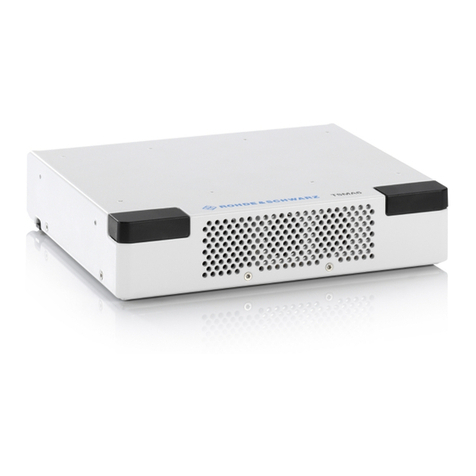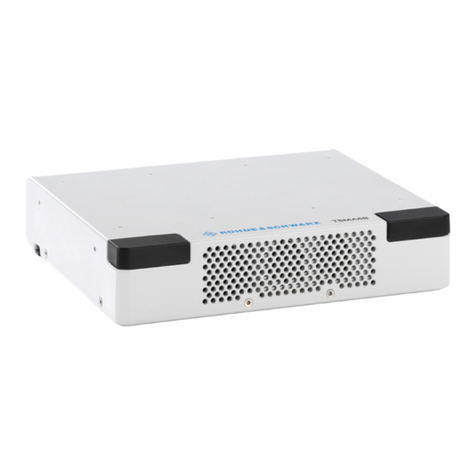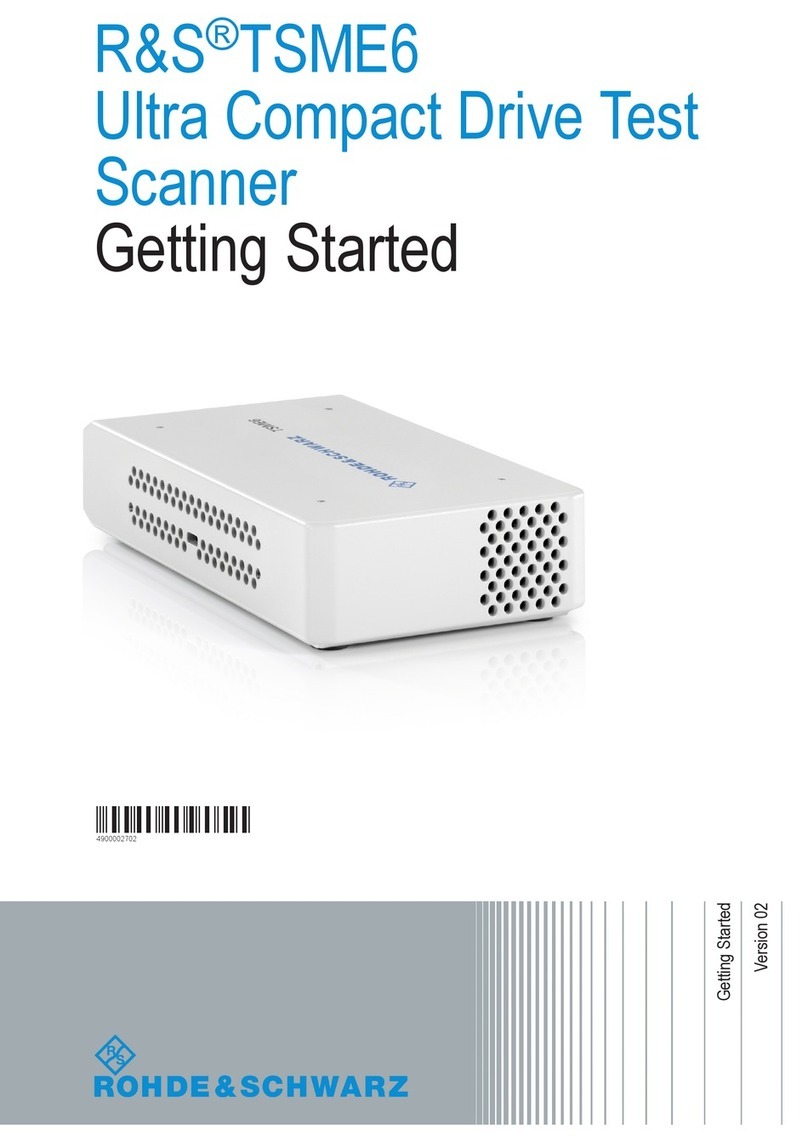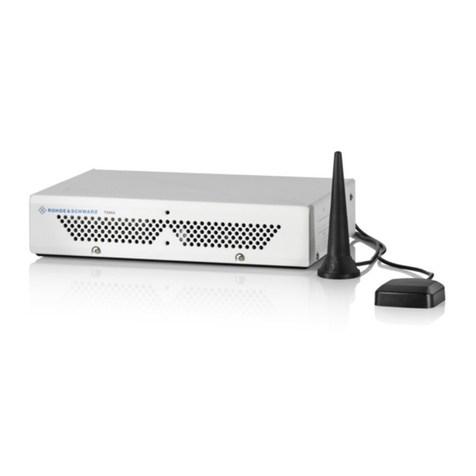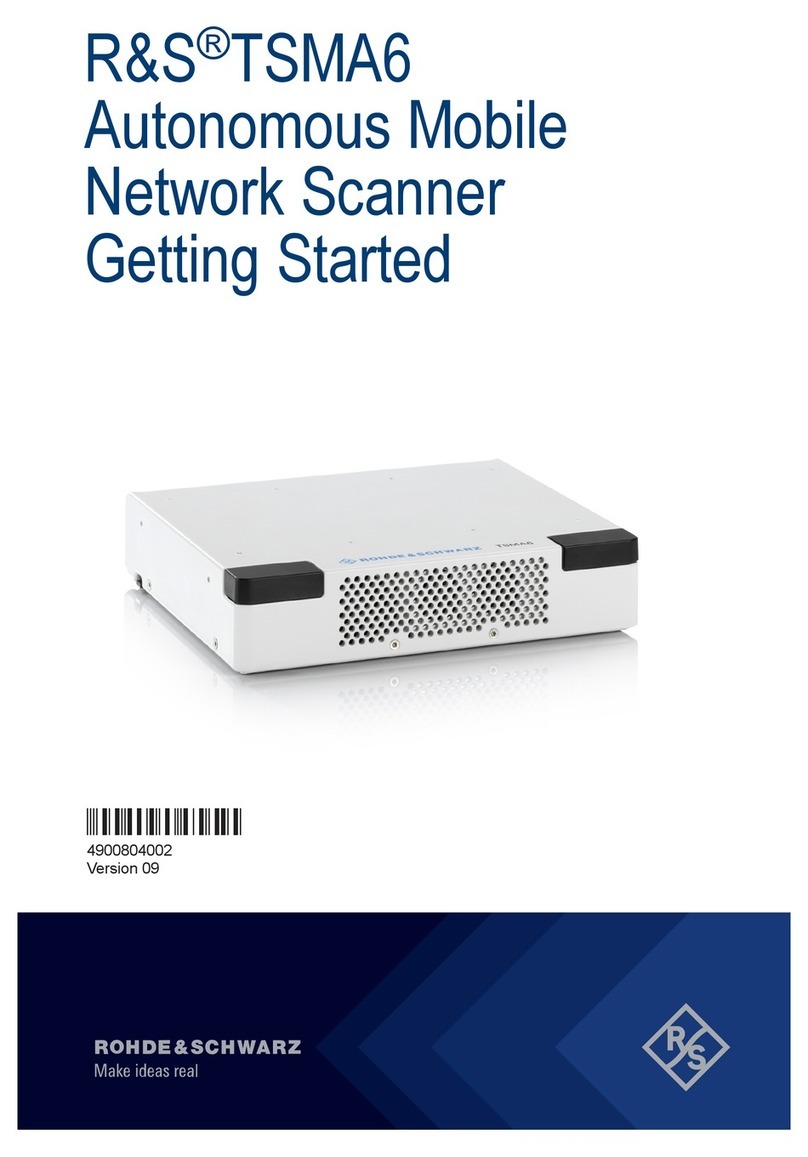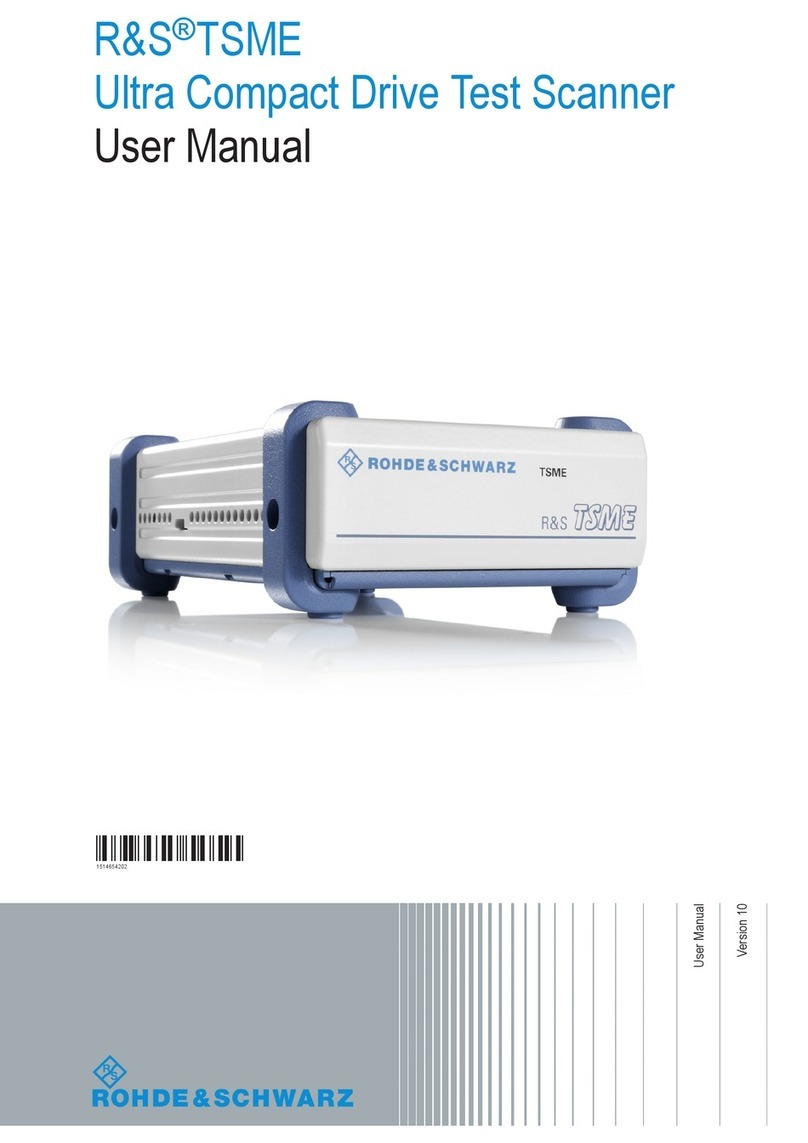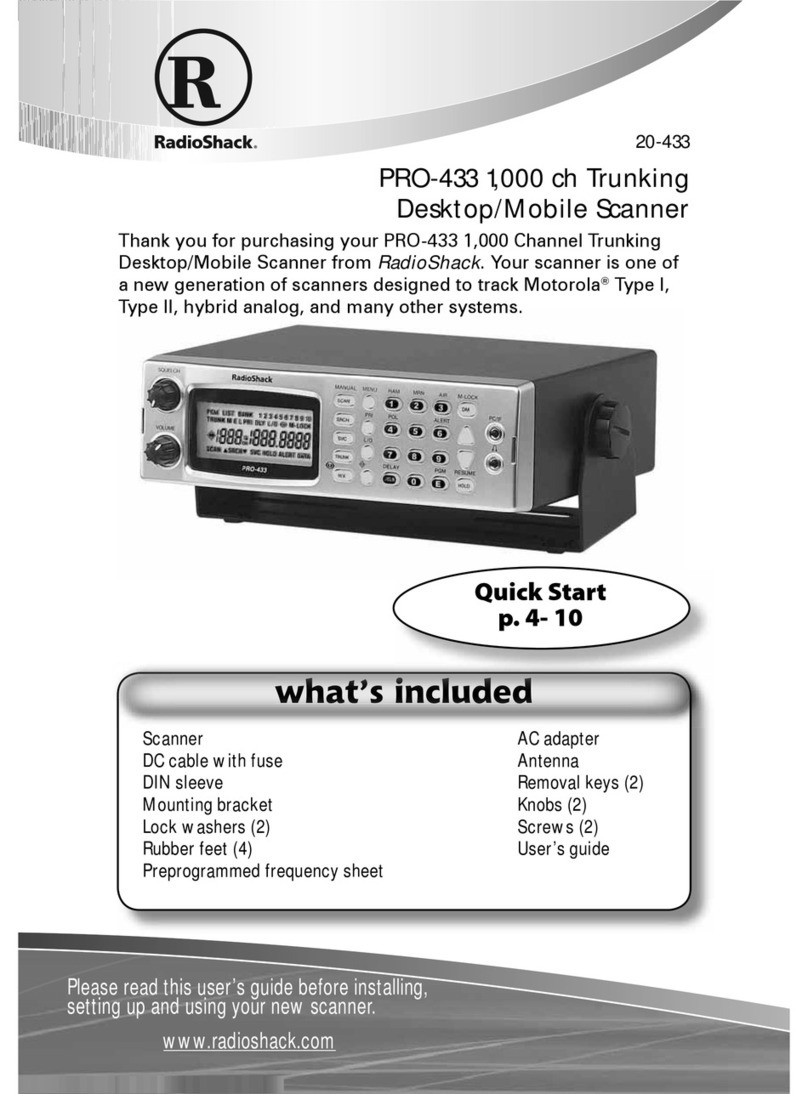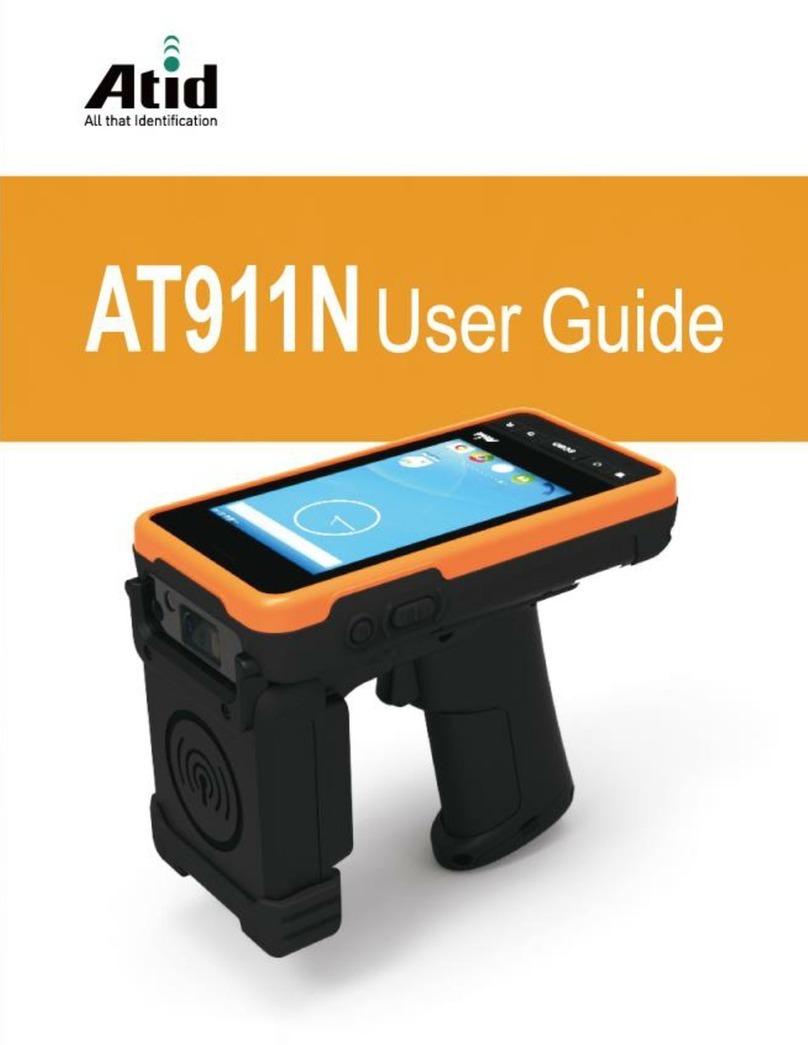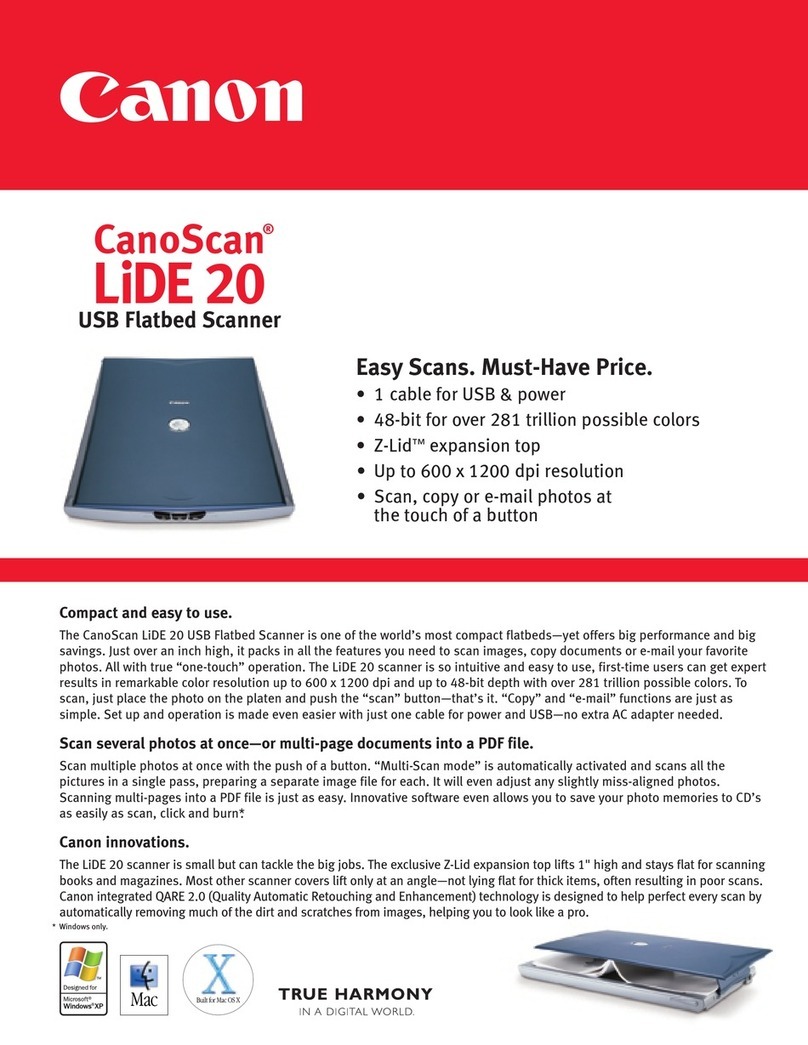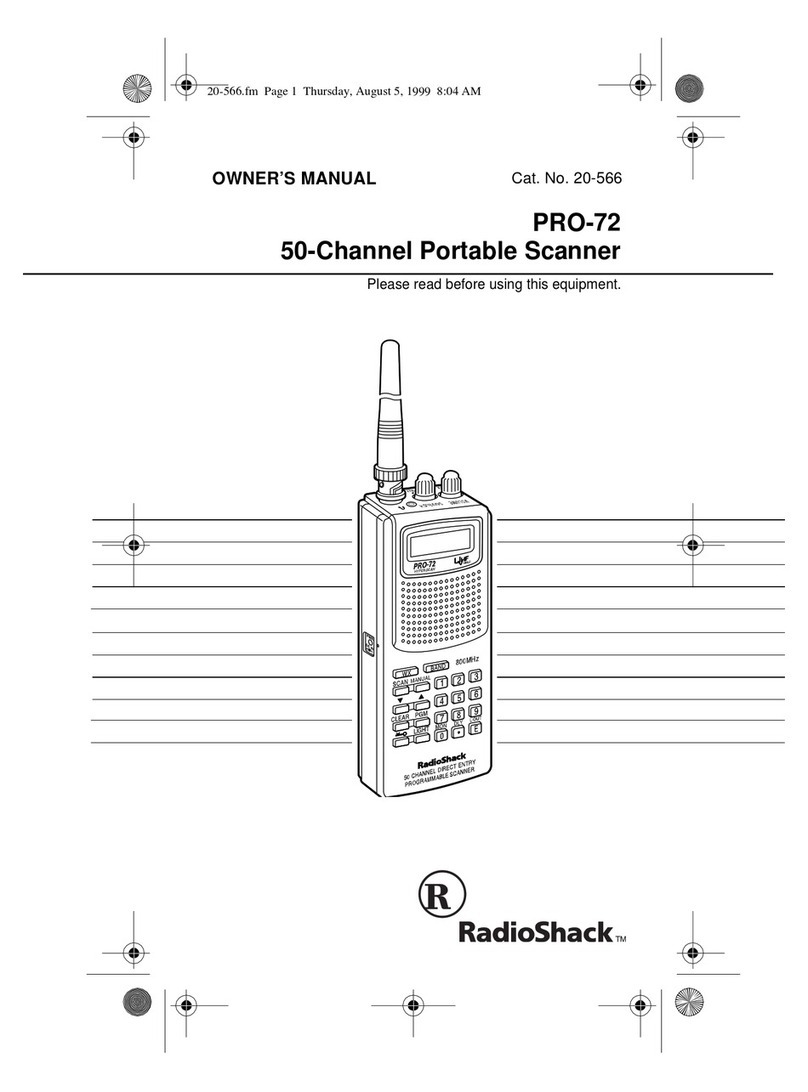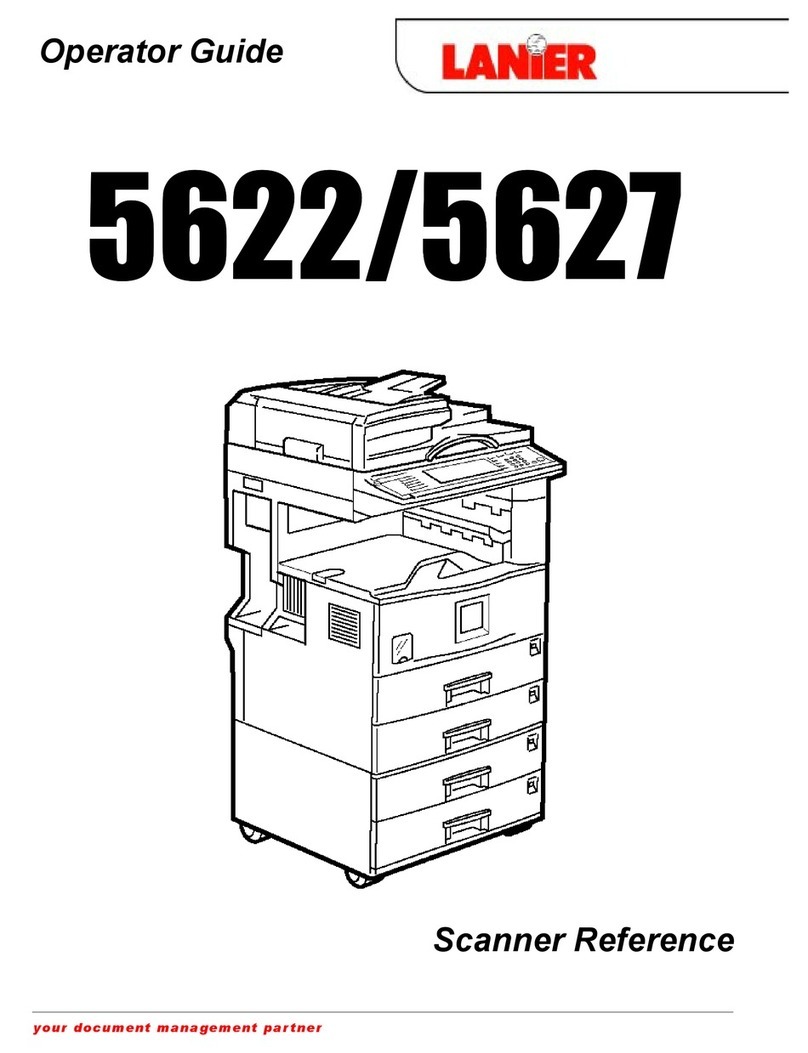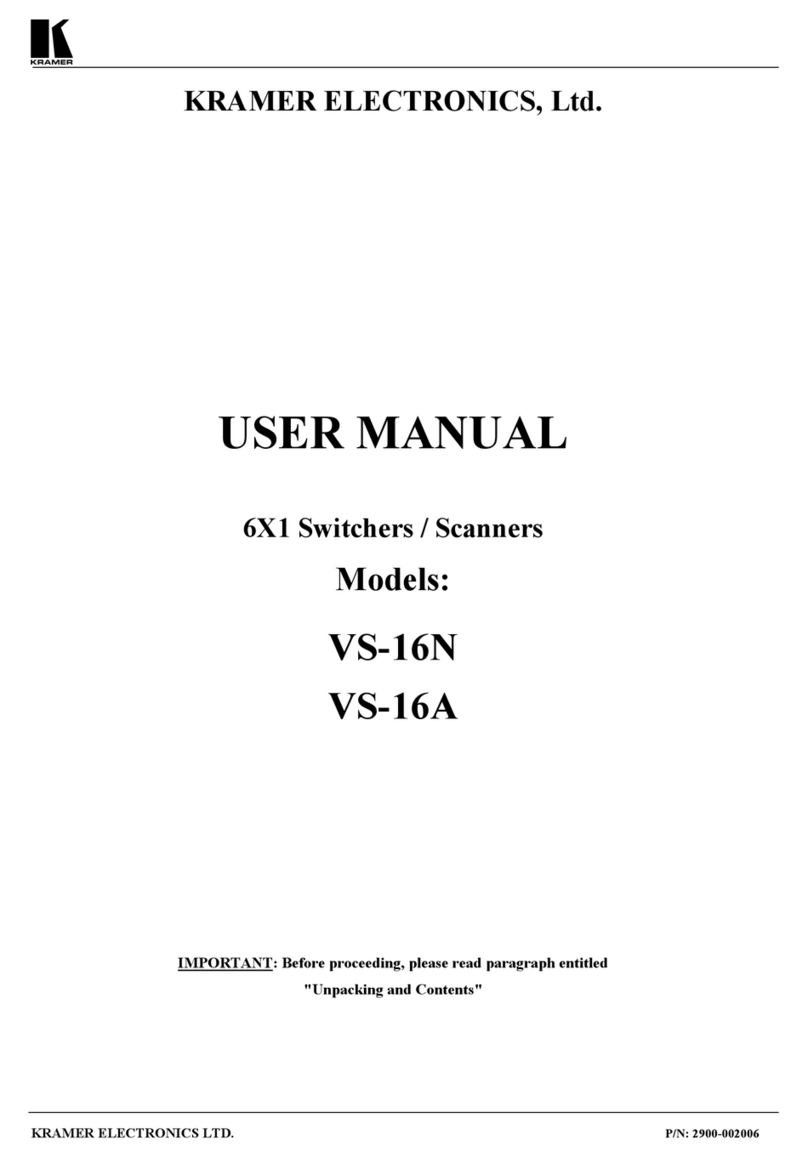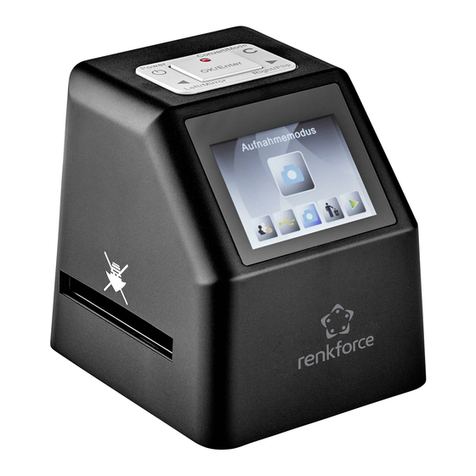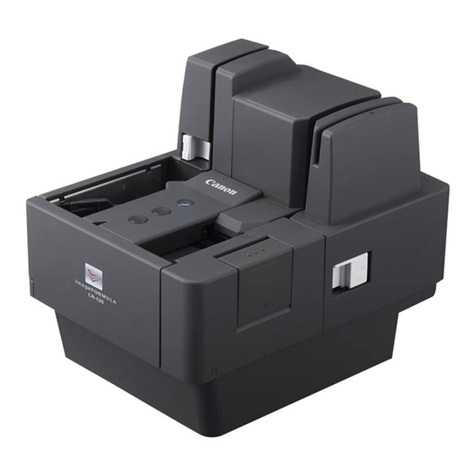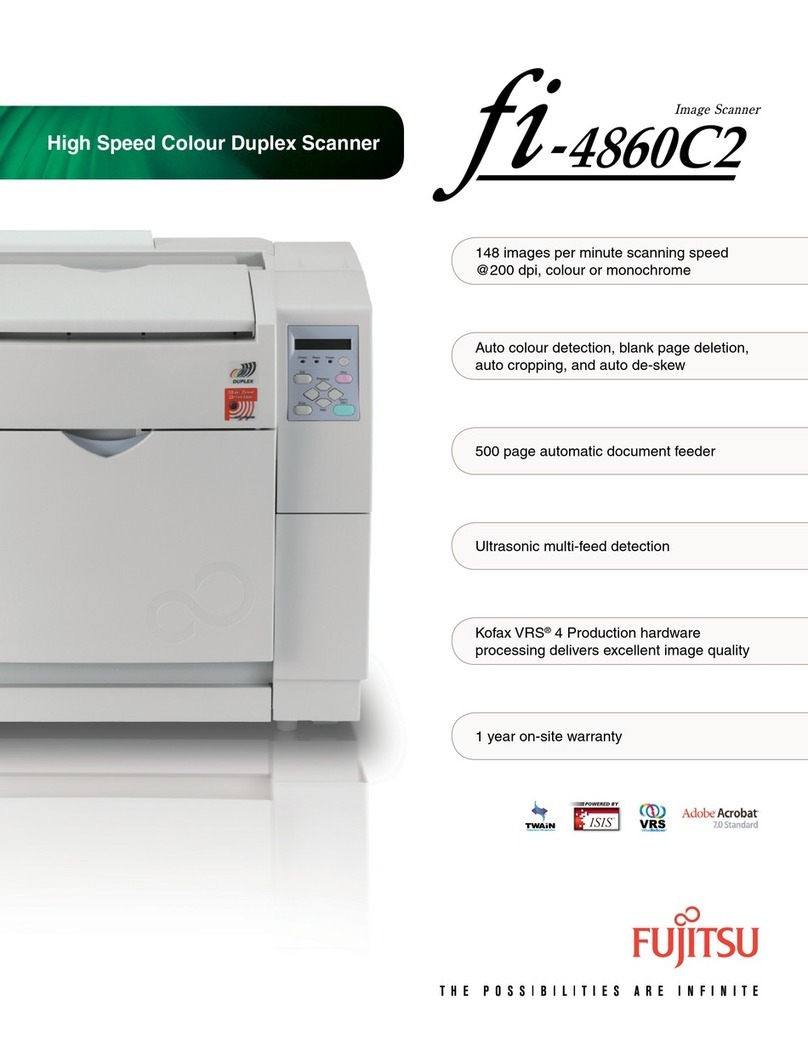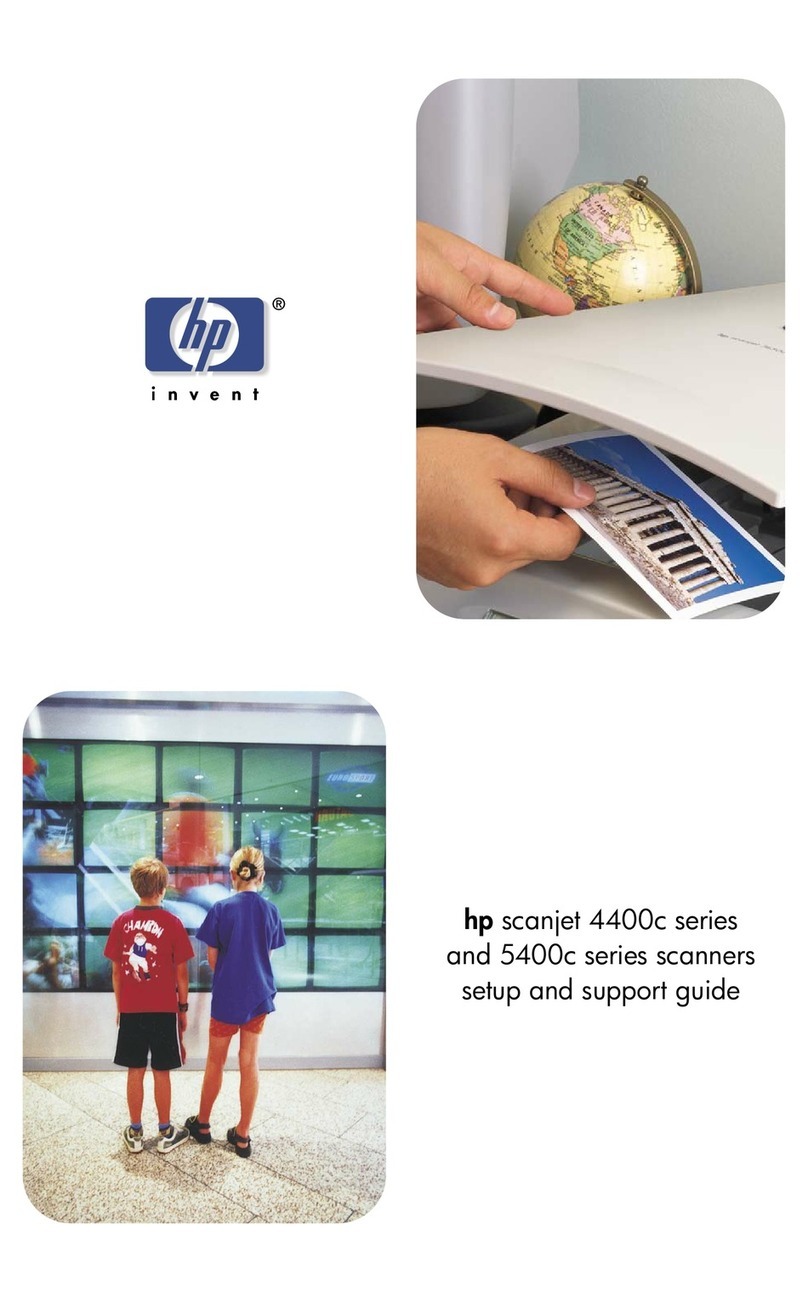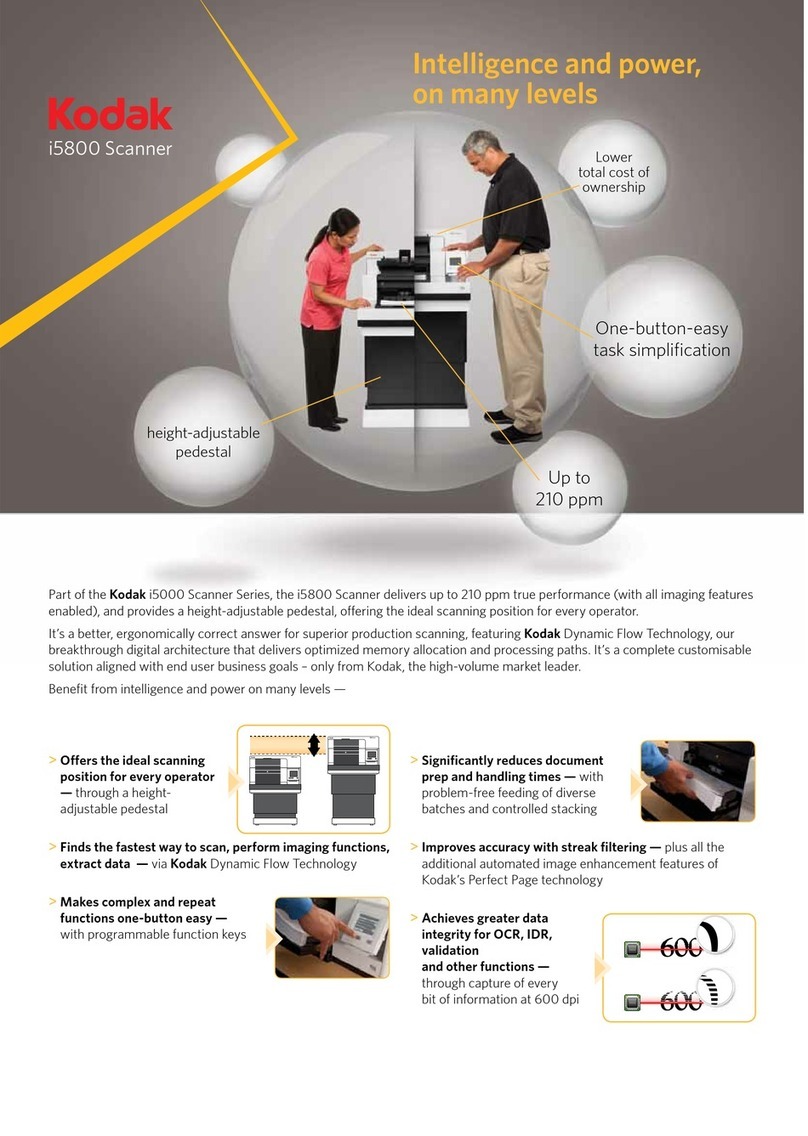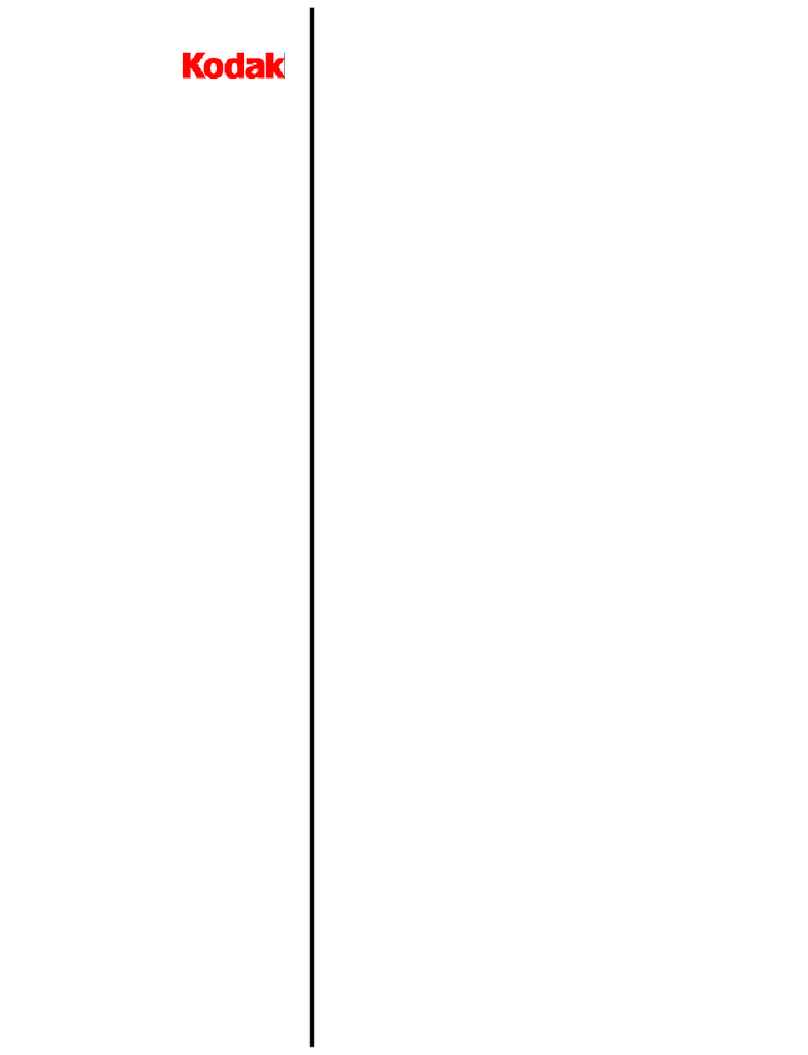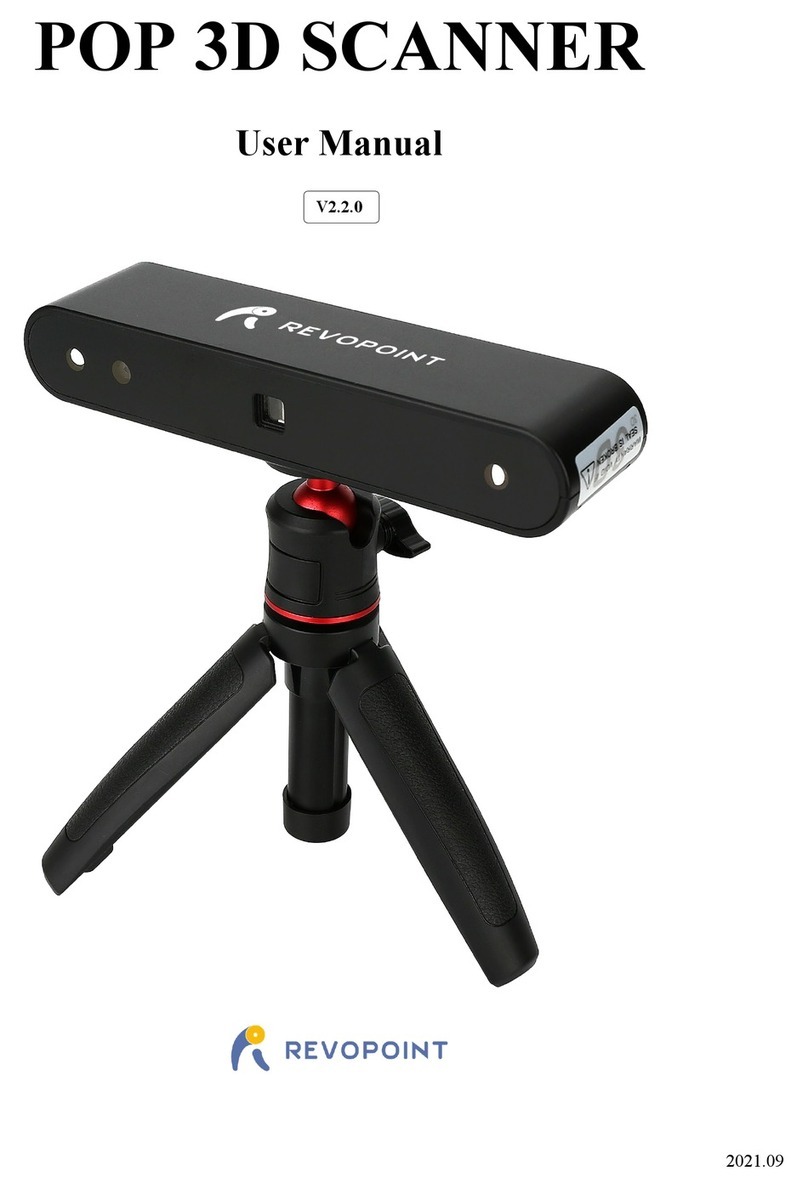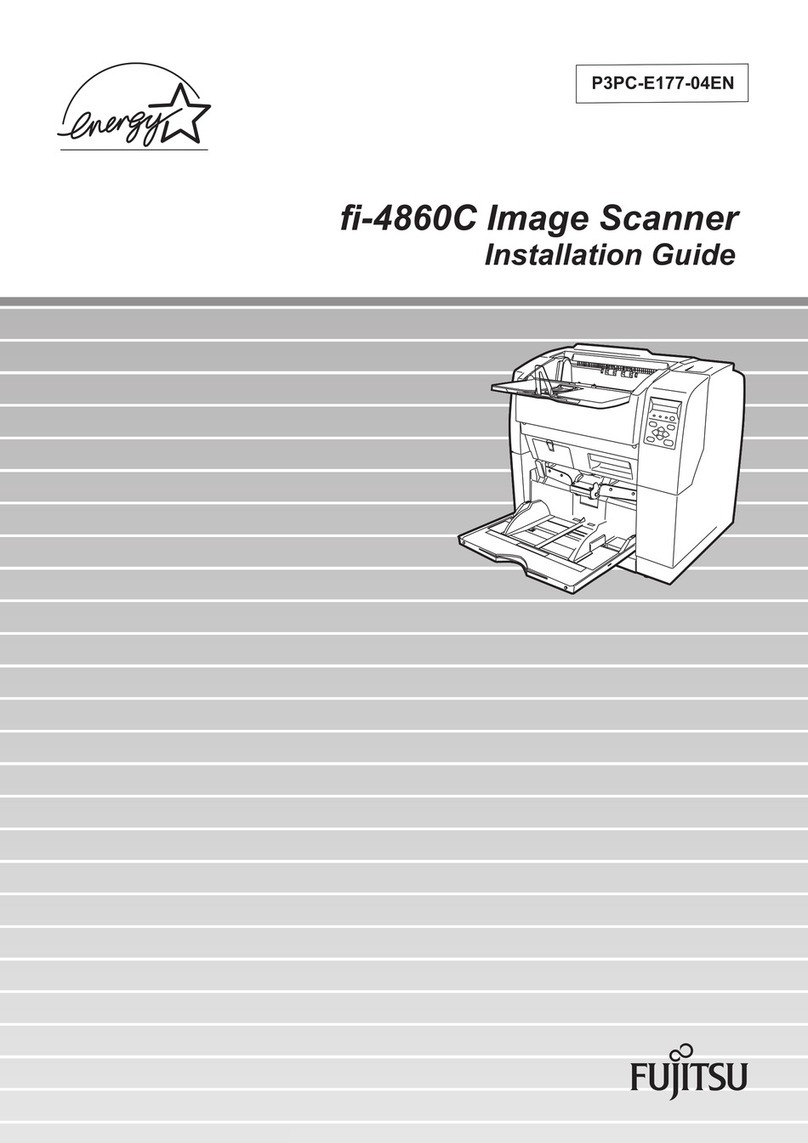
Safety and regulatory information
R&S®TSME6
8User Manual 4900.0033.02 ─ 06
Operating the product
The product is intended for mobile use. The maximum weight of the product is provi-
ded in the data sheet. If the product casing is not waterproof, use an adequate weather
protection to carry the product outdoors with you.
When using the product in a vehicle or aircraft, make sure that the product is properly
secured. If stacking is possible, secure the whole stack of products so that they cannot
fall over and cause injury.
Observe the ambient conditions such as altitude, operating temperature and climatic
loads; see the data sheet.
Due to their exposed location, mobile communications systems are at risk of damage
from lightning. This also poses a risk to persons nearby. Vehicles carrying mobile com-
munications systems require an electrically conductive body, a grounded antenna and
also equipotential bonding that includes the cables routed into the vehicle.
Connecting to power
The product runs on DC voltage. For the specifications of the supply voltage for the
product, refer to the data sheet. Under normal conditions, contact with DC voltage in
this range poses a low risk of electric shock.
Take the following measures for your safety:
●If you connect the product to an external power supply, use one recommended in
the product documentation.
●If you connect the product to a battery, observe the safety information delivered
with the battery.
●Before switching on the product, ensure that the voltage and frequency indicated
on the product match the available power source.
●Only use intact cables and route them carefully so that they cannot be damaged.
Also ensure that nobody can trip over loose cables.
Handling batteries safely
The product contains exchangeable or built-in lithium polymer or lithium ion cells or
batteries. The use of the word battery in the following always means all types. Only the
battery contents are potentially hazardous. As long as a battery is undamaged and the
seals remain intact, there is no danger.
Impact, shock or heat can cause damage such as dents, punctures and other deforma-
tions. A damaged battery poses a risk of personal injury. Handle a damaged or leaking
battery with extreme care. Immediately ventilate the area since the battery releases
harmful gases. If you come into contact with the battery fluid, immediately remove all
contaminated clothing. Irritation can occur if the battery fluid comes in contact with your
skin or eyes. Immediately and thoroughly rinse your skin or eyes with water and seek
medical aid.
For safe handling, follow these rules:
●Do not short-circuit the battery.
●Do not mechanically damage the battery. Do not open or disassemble the battery.
Safety instructions
